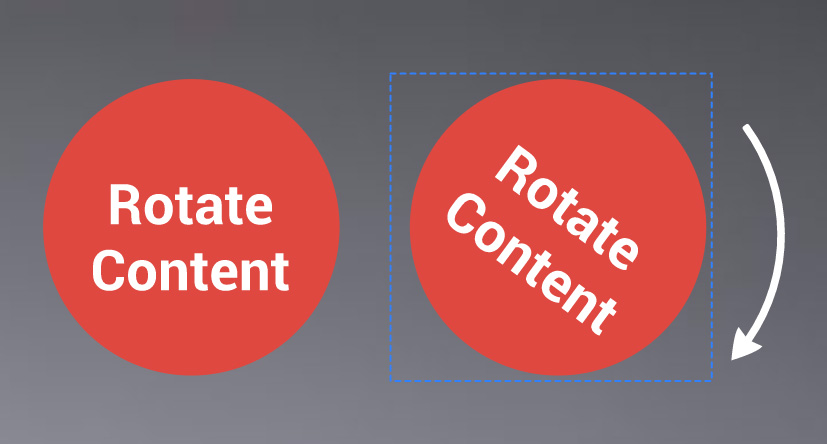

Sonja Lyubomirsky, author of the best-selling How of Happiness, defines happiness as “the experience of joy, contentment, or positive well-being, combined with a sense that one’s life is good, meaningful, and worthwhile.” (emphasis added) So while positive emotions such as joy are definitely part of the recipe for happiness, they are not the whole shebang. This reflects the way that a lot of leading emotion researchers see happiness. In fact, in the film’s final chapter, when Joy cedes control to some of her fellow emotions, particularly Sadness, Riley seems to achieve a deeper form of happiness. But by the end of the film, Joy-like Riley, and the audience-learns that there is much, much more to being happy than boundless positivity. When the film begins, the emotion of Joy-personified by a manic pixie-type with the voice of Amy Poehler-helms the controls inside Riley’s mind her overarching goal is to make sure that Riley is always happy. Some of the most memorable scenes in the film double as teachable moments for the classroom or dinner table.ġ) Happiness is not just about joy. But they are conveyed strongly enough to provide a foundation for discussion among kids and adults alike. Those messages are smartly embedded within Inside Out‘s inventive storytelling and mind-blowing animation they enrich the film without weighing it down. The film has some deep things to say about the nature of our emotions-which is no coincidence, as the GGSC’s founding faculty director, Dacher Keltner, served as a consultant on the film, helping to make sure that, despite some obvious creative liberties, the film’s fundamental messages about emotion are consistent with scientific research.

As you likely know by now, much of the film takes place in the head of an 11-year-old girl named Riley, with five emotions-Joy, Sadness, Anger, Fear, and Disgust-embodied by characters who help Riley navigate her world. But perhaps its greatest achievement has been this: It has moved viewers young and old to take a look inside their own minds.


 0 kommentar(er)
0 kommentar(er)
